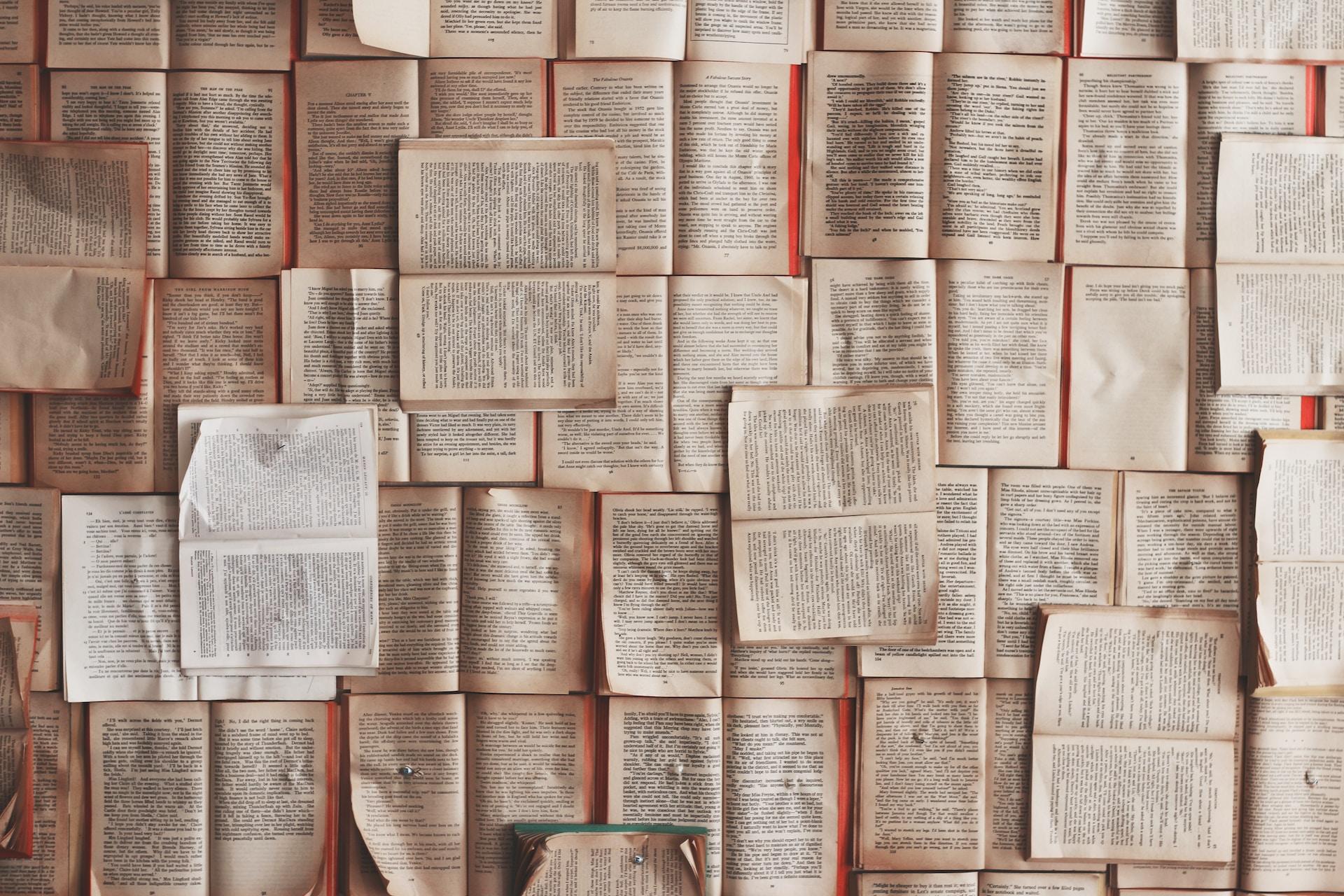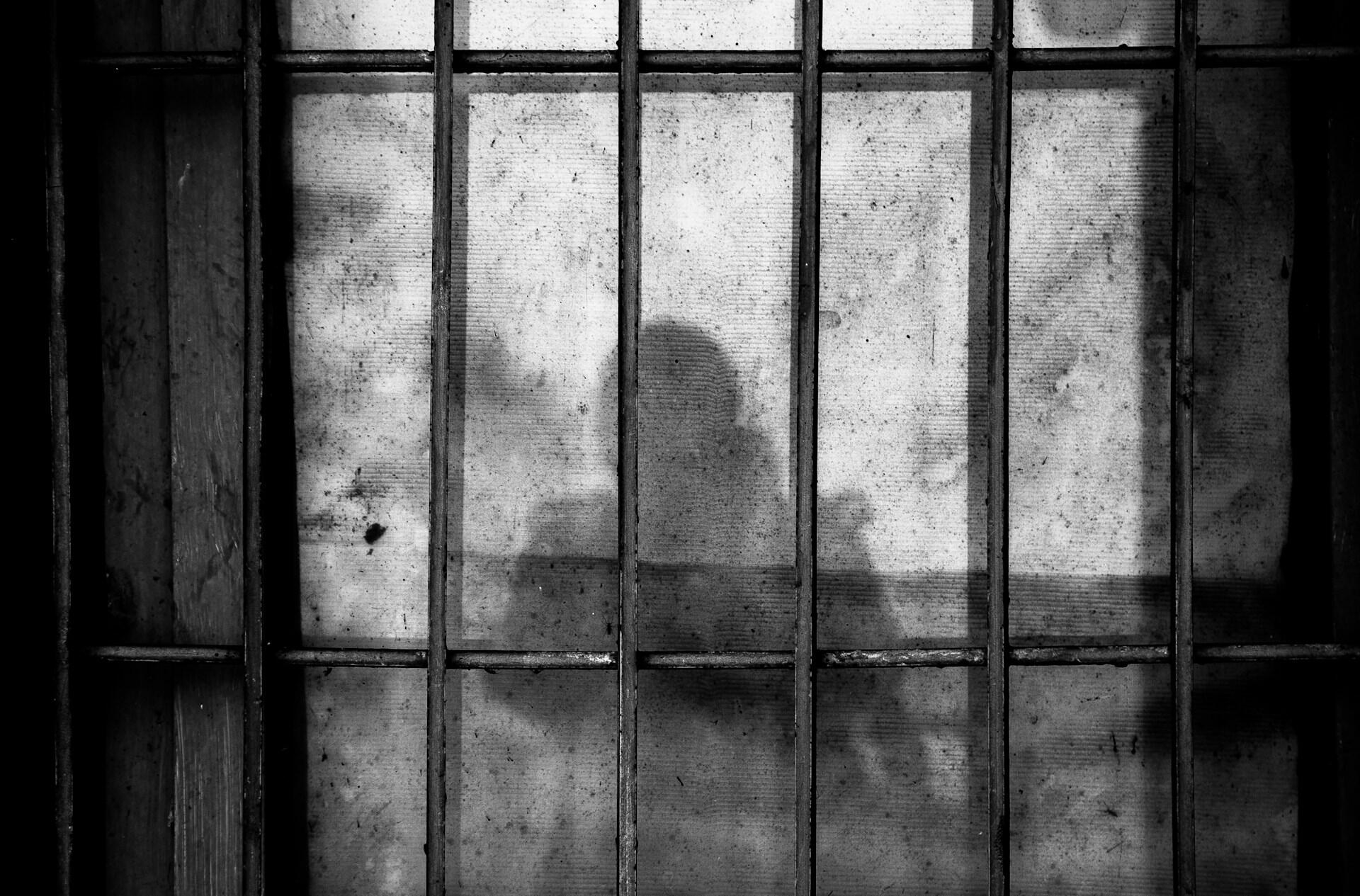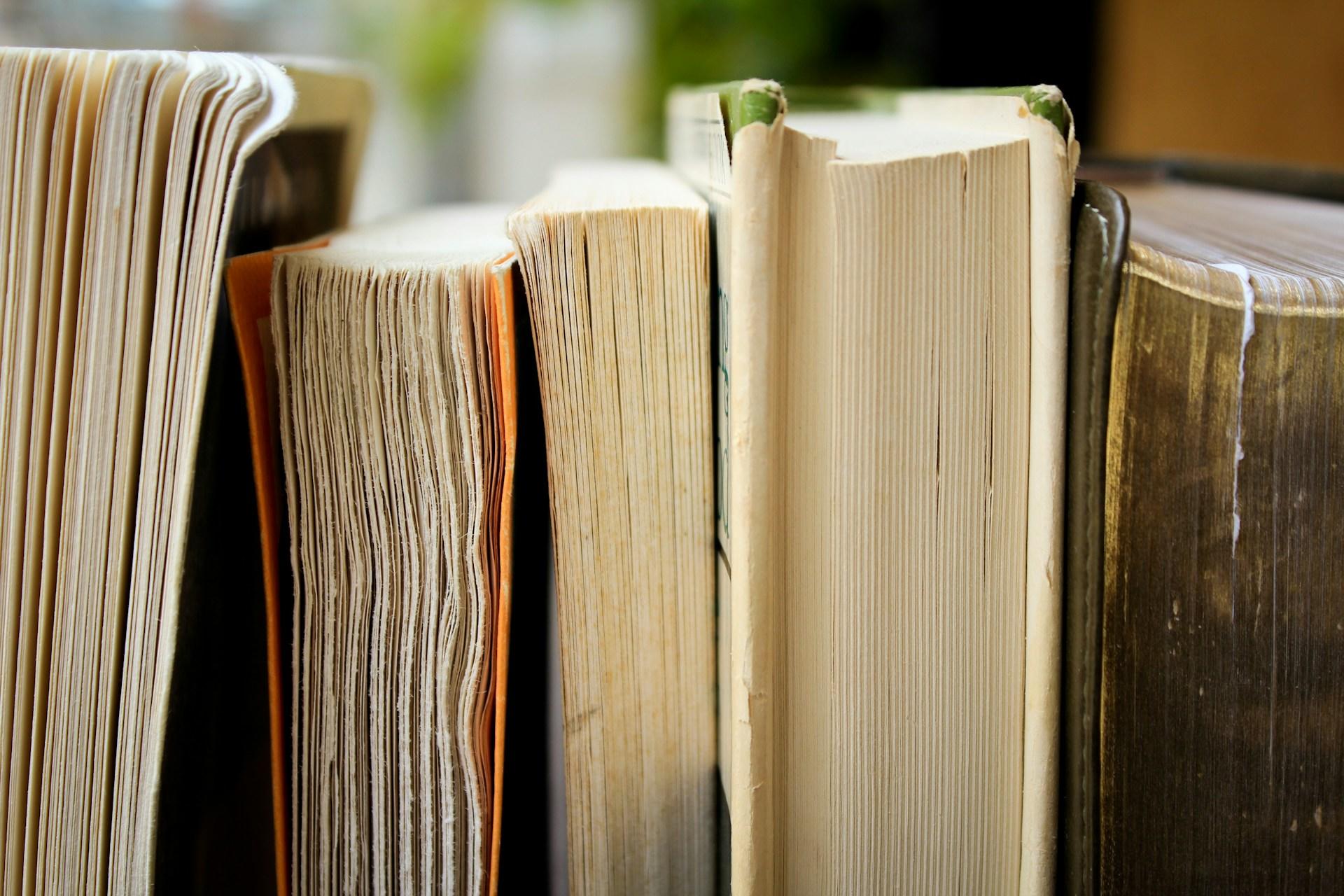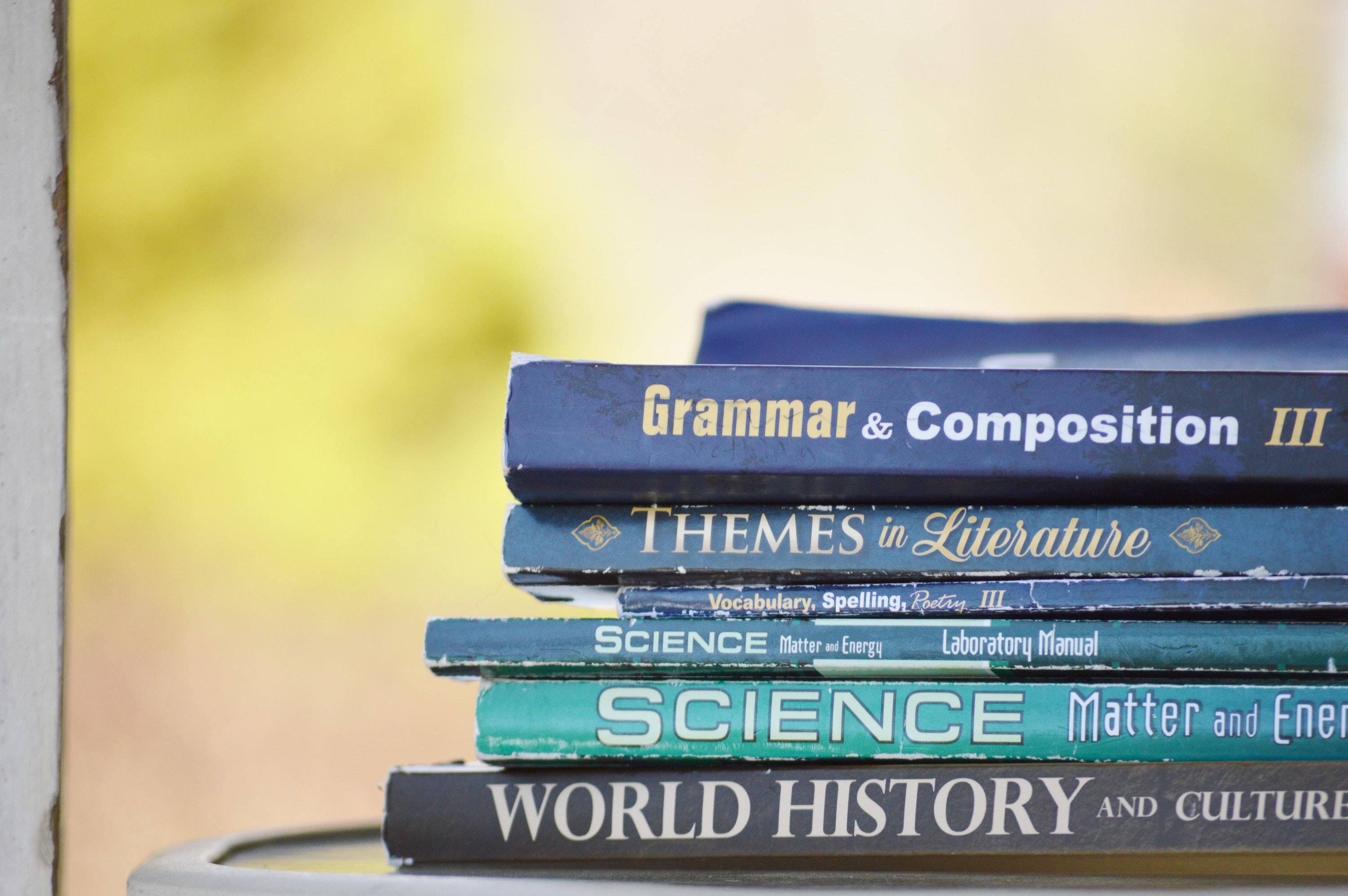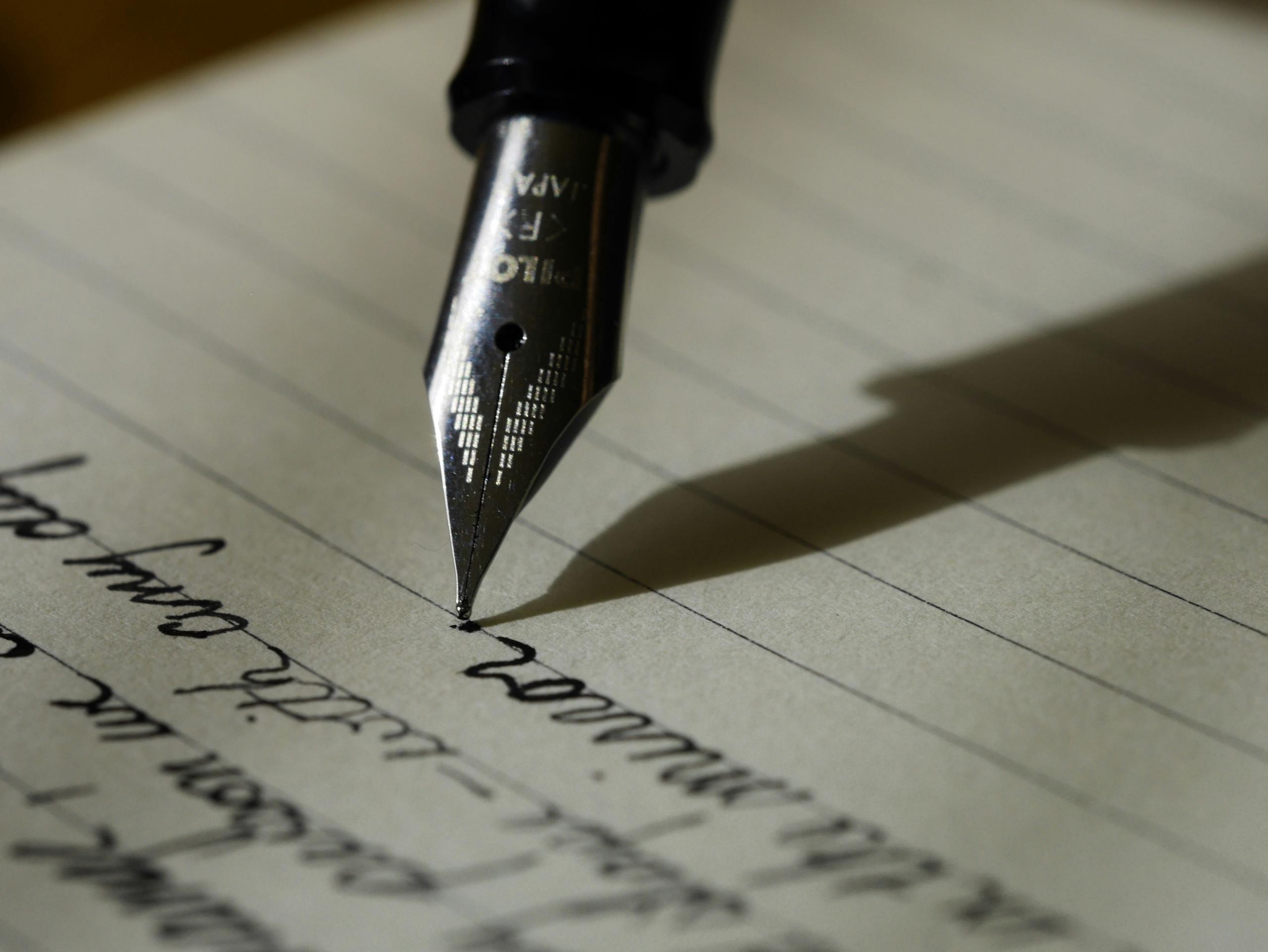Literature in Australia has a long history that predates the arrival of Europeans as the Indigenous Aboriginal and Torres Strait Islander peoples' storytelling traditions of singing, dancing, and art predate the first published literature in the country.
Naturally, these forms of storytelling weren't originally written down and the earliest recorded Australian literature was imported during the early colonial period (the late 18th century) by colonists. The earliest examples of Australian literature are also useful (if sometimes biased) examples of the history of the area at the time.

Bush Ballads
By the 19th century, bush ballads emerged. These are quintessentially Australian examples of poetry and folk music that talk about life in the Australian bush with distinctly Australian themes and language. Some of the most popular writers of this were Banjo Peterson and Henry Lawson, who wrote "Waltzing Matilda" and "The Drover's Wife" respectively.
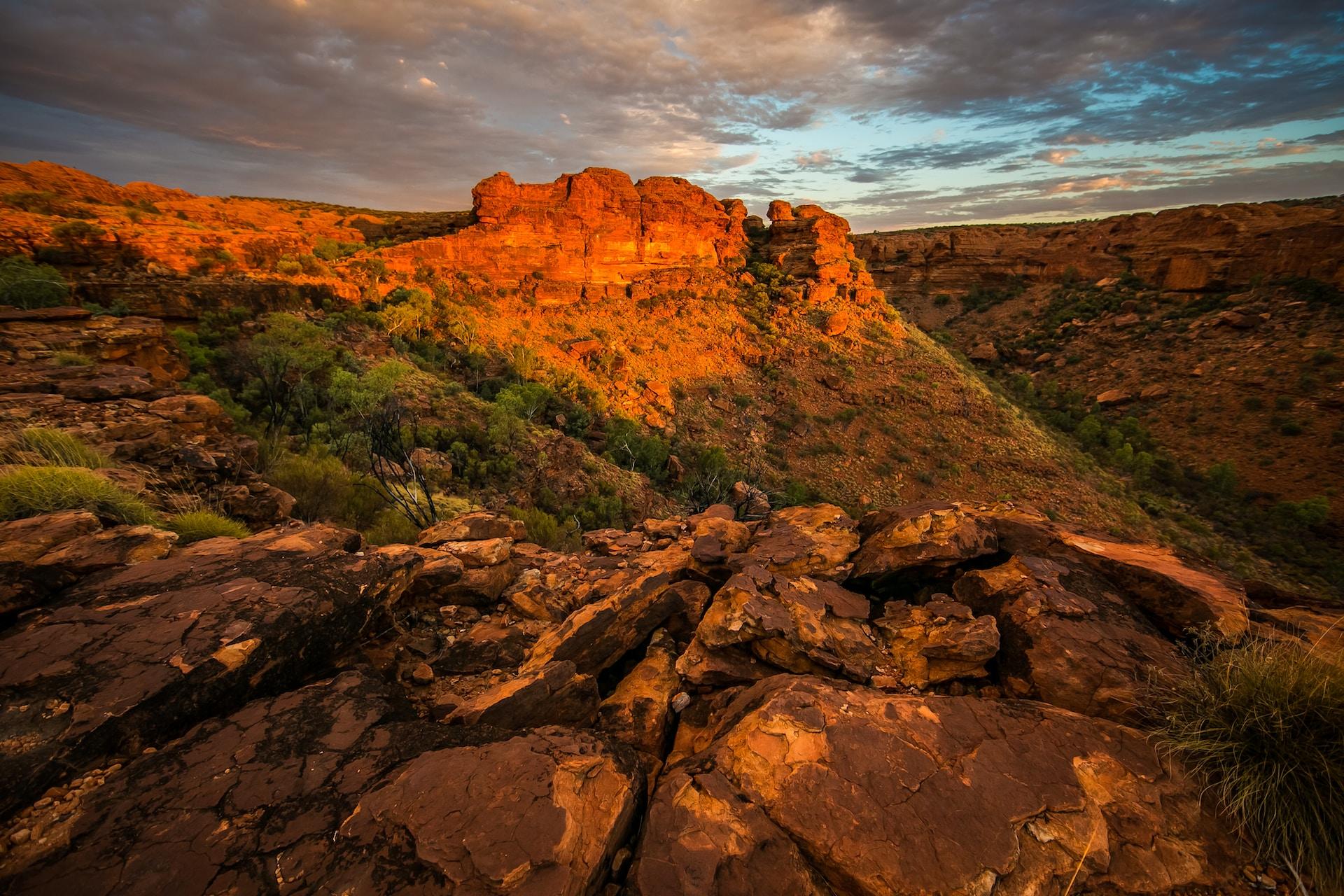
At a similar time, some of Australia's first major novels were being written and typically covered early colonial life in Australia.
By the end of the 19th century, some of Australia's earliest writers like the aforementioned Henry Lawson and Joseph Furphy wrote for The Bulletin, an Australian periodical that helped shape the country's national literary identity.
Looking for help in an English or literature class? Find effective private English tutors on Supeprof for lessons online or in-person!
20th-Century Australian Literature
By the early and mid-20th century, Australian literature further explored the country's identity and culture with authors like Christina Stead and Patrick White.
After the Second World War, further waves of immigration led to more literature covering multiculturalism and identity in Australia.
This brings us to contemporary Australian literature, which is as varied and interesting as the country producing it. It's impossible to pigeonhole Australian literature since it includes works from Aboriginal and Torres Strait Islander peoples, which have become more prominent in the 20th century, migrant writers, and non-Indigenous Australians.
In this article, we'll be looking at some of the most famous Australian authors and some of the best Australian novels. Obviously, this won't be an exhaustive list of authors and novels, but it should provide a good introduction to Australian literature.

The Best Male Australian Authors
Since we'll be talking about female Australian authors and Aboriginal and Torres Strait Islander authors in just a moment, these are just some of the best male Australian authors that you may want to check out.
Obviously, this is all subjective, but these are some of the most widely acclaimed male Australian authors.
David Malouf
David Malouf is famous for his novels such as “Remembering Babylon” (1993) and “An Imaginary Life” (1978).
Though Malouf was born in Brisbane, his parents were immigrants and while his works are often set in Australia, his writing is said to showcase European sensibilities.
Peter Carey
Peter Carey is famous for his novels “Oscar and Lucinda” (1988) and “True History of the Kelly Gang” (1978). He won the Booker Prize twice, for each of these works, one of only five writers to have achieved this. He also won the Miles Franklin Award three times.
Patrick White
Patrick White was an Australian writer whose most famous for his novels “Voss” (1957) and “The Tree of Man” (1955).
Though born in Knightsbridge, London, UK, his family was Australian and moved back to Australia at just six months old.
Richard Flanagan
Richard Flanagan is another Booker Prize-winning author, winning the prize for “The Narrow Road to the Deep North” (2013), a novel about Australian POWs during the Second World War.
Tim Winton
Tim Winton is a contemporary Australian writer who famously wrote “Cloudstreet” (1991) and “Breath” (2008). His works often draw inspiration from Australia, particularly coastal Western Australia.
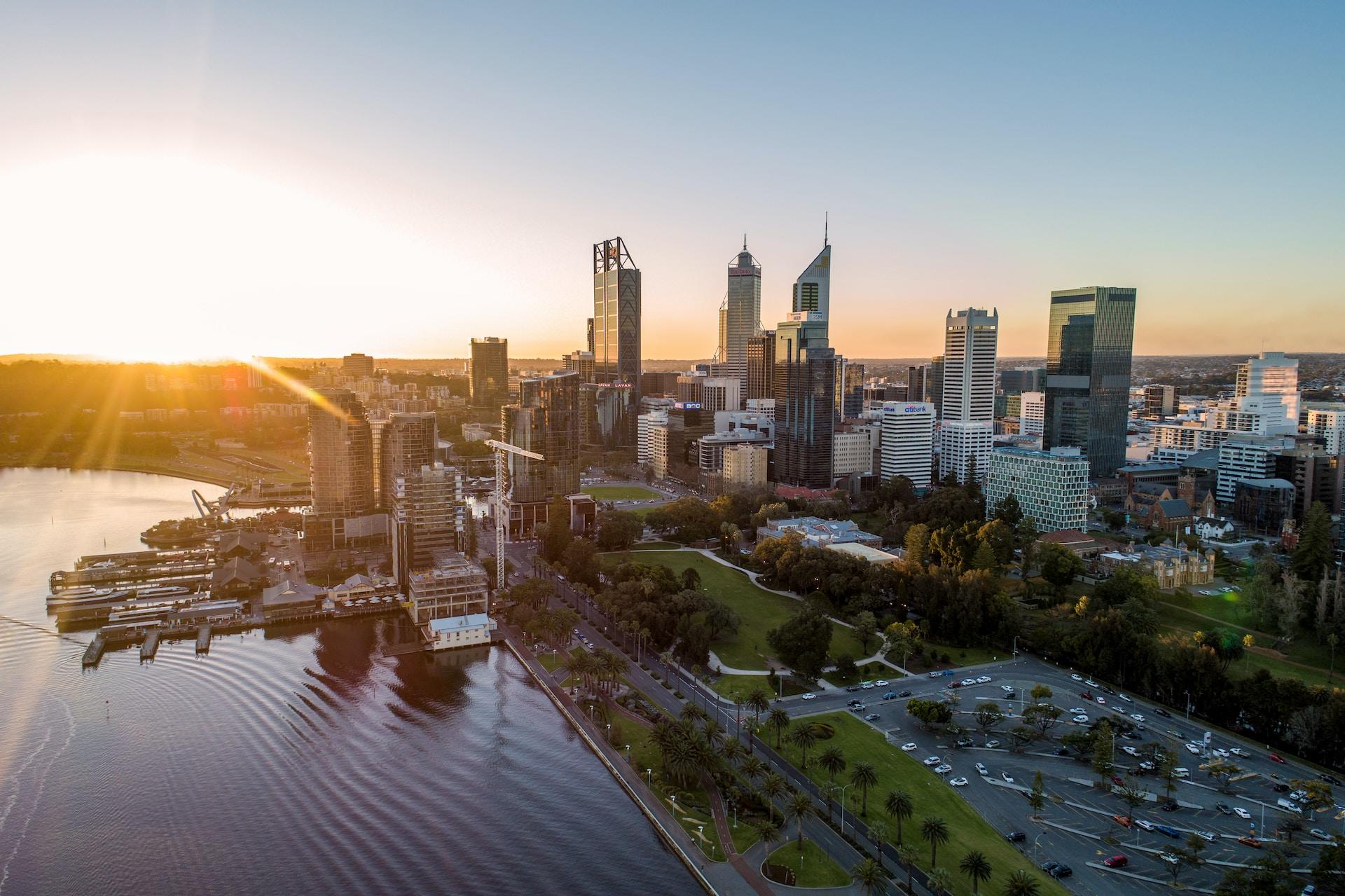
Obviously, these are just a handful of Australia's greatest male writers.
The Best Female Australian Authors
The wonderful thing about Australian literature is the multitude of voices that contribute to it. Authors from different backgrounds have all made their mark and there are plenty of excellent female authors.
Colleen McCullough
Colleen McCullough is famous for historical novels such as “The Thorn Birds” (1977) which takes place in the Australian outback.
Interestingly, McCullough was also an established neuroscientist and spent a decade conducting research and teaching at Yale University in the US, which is where she wrote her first two books.
Geraldine Brooks
Geraldine Brooks is an Australian author whose novel "March" won the Pulitzer Prize for Fiction in 2006. The novel is a retelling of "Little Women" but from the perspective of the absent father.
Hannah Kent
Hannah Kent is famous for her novels "Burial Rites" (2013) and "The Good People" (2016). Though both these are historical novels, neither of them takes place in Australia. Her third novel, "Devotion" (2021), however, is set in Australia.
Kate Grenville
Kate Grenville is another Australian author who wrote historical novels. Her 2005 novel “The Secret River” is about the early days of colonisation in Australia.
In addition to history, her novels and writing regularly cover the ideas of social and gender stereotypes.
Liane Moriarty
Liane Moriarty wrote the contemporary domestic drama “Big Little Lies” which was subsequently adapted into a TV series featuring Reese Witherspoon and Nicole Kidman.
The novel is set in Australia, but the TV series is set in the USA.
There are plenty of more great female Australian authors you can learn about.
Aboriginal and Torres Strait Islander Authors
While Australian literature is definitely the way it is because of colonialism and immigration, you can't ignore the impact or the voices of Aboriginal and Torres Strait Islander authors whose storytelling predates the arrival of other peoples to Australia.
In more recent times, it's become increasingly common for literature to be used as a way to preserve these peoples' cultural heritage, which was previously maintained through oral tradition.
It's also been incredibly important for these authors to challenge harmful stereotypes, promote their cultures, and even highlight issues that are impacting their cultures and communities.
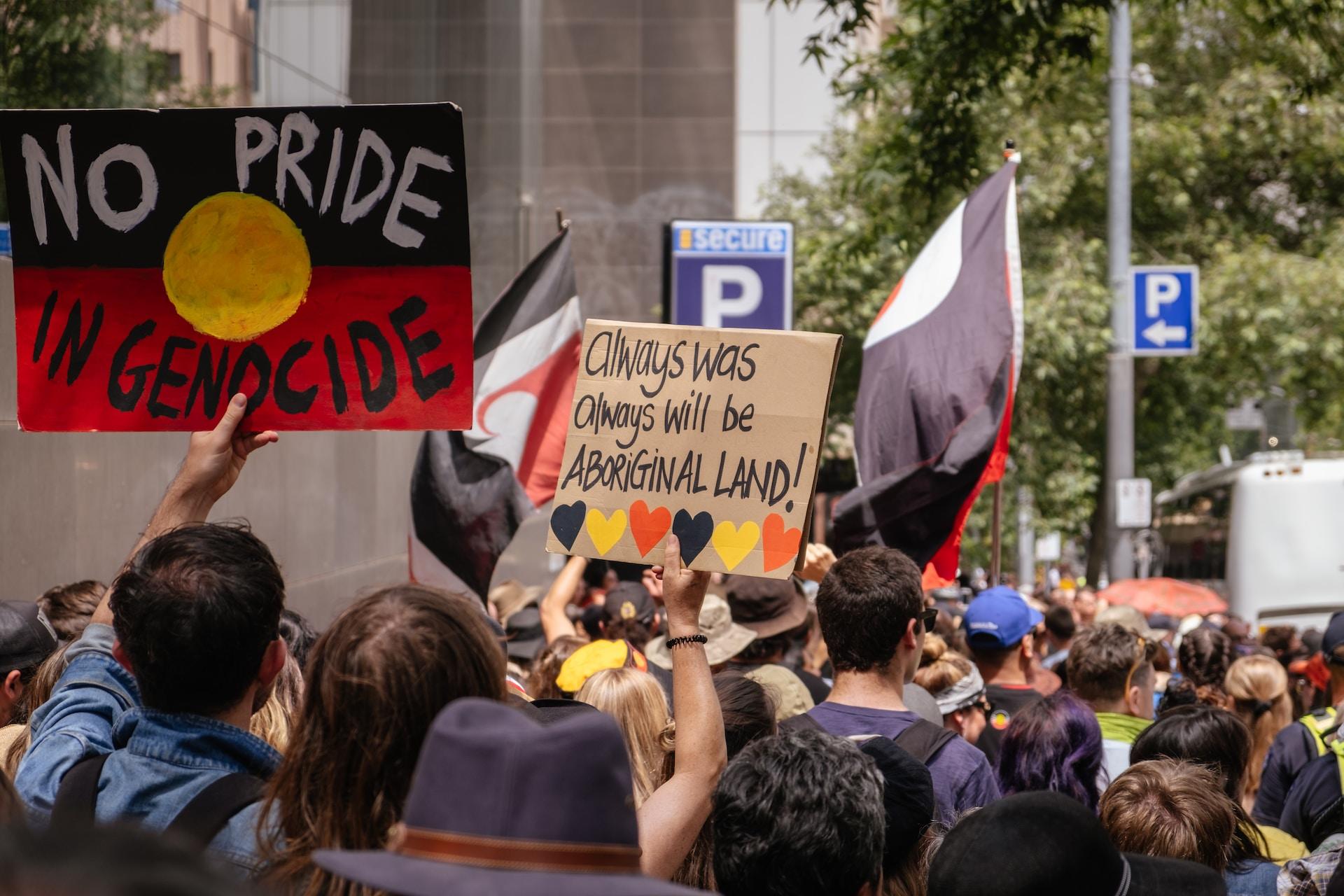
Here are some of the most notable Aboriginal and Torres Strait Islander authors today.
Alexis Wright
Alexis Wright is an author and a member of the Wannyi people from the Gulf of Carpentaria in Queensland and the Northern Territory. Her novel “Carpentaria” (2006) won the Miles Franklin Literary Award.
Anita Heiss
Anita Heiss is famous for her novels “Am I Black Enough for You?” (2012) and “Tiddas” (2014) and is a member of the Wiradjuri people of central New South Wales.
Her works often explore contemporary issues that face Aboriginal and Torres Strait Islander peoples.
Brush up on all you need to know for class with VCE English tutoring here on Superprof.
Kim Scott
Kim Scott is an Australian novelist and descendant of Western Australia's Noongar people. His most famous works include “That Deadman Dance” (2010) and “Taboo” (2017). His works often explore identity, culture, and colonisation.
Melissa Lucashenko
Melissa is of European and Koori heritage, the latter referring to peoples from areas including southern New South Wales and Victoria. Lucashenko's novel “Too Much Lip” (2018) won the Miles Franklin Literary Award.
Oodgeroo Noonuccal
Oodgeroo Noonuccal was a writer, poet, and activist whose collection of poetry “We Are Going” (1964) was the first book to be published by an Aboriginal woman.
She set up a cultural centre, ran for office in Australia, and was even on a hijacked plane and held captive for three days!
Best Australian Novels
We've already mentioned some of the greatest Australian novels just by talking about the best Australian novelists, but here are a few more that you may be interested in.
My Brilliant Career – Miles Franklin (1901)
This novel was written by Miles Franklin as a teenager and is a somewhat biographical retelling of the young author's life growing up in rural Australia and her aspirations of becoming a writer.
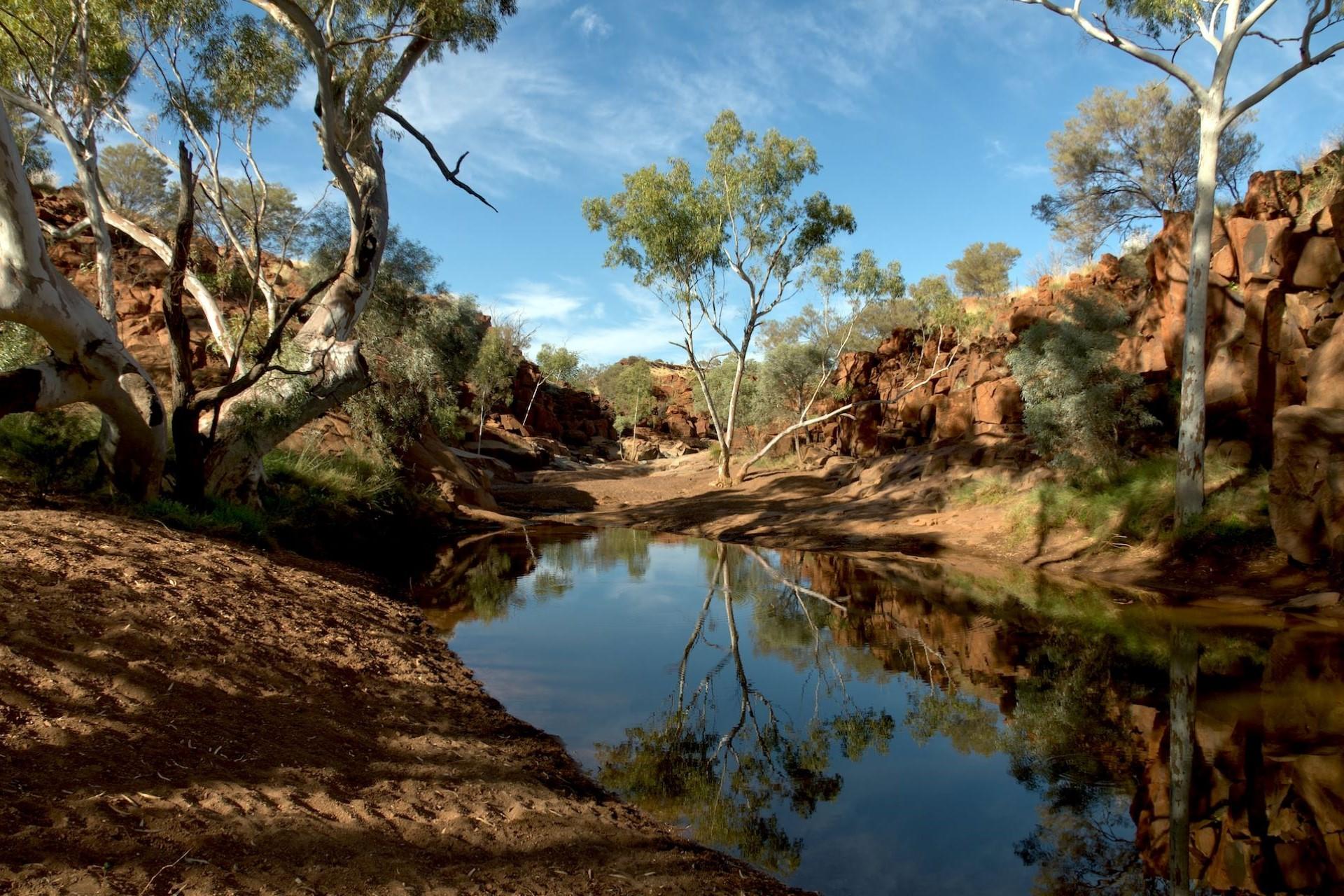
Picnic at Hanging Rock – Joan Lindsay (1967)
Picnic Hanging Rock is a novel by Joan Lindsay. It takes place in 1900 and is about a group of girls who disappear at the titular location of Hanging Rock.
Follow the Rabbit-Proof Fence – Doris Pilkington Garimara (1996)
This 1996 novel by Doris Pilkington Garimara is based on a true story about three Aboriginal girls escaping a government institution and journeying across the Australian outback to get back to their families.
The film adaptation is simply called “Rabbit-Proof Fence” and was made in 2002.
The Book Thief – Markus Zusak (2006)
This Australian novel is set in Nazi Germany and narrated by the personification of Death. It's about several characters who are all victims of the ongoing war.
This novel was also adapted into the 2013 film of the same name.
The Power of One – Bryce Courtenay (1989)
This novel by the Australian author Bryce Courtenay actually takes place in English-speaking South Africa and is about a young boy during the Second World War.
The Power of One was adapted into a movie in 1992.
There are way more great Australian novels for you to check out, but any of these novels would be a good starting point for anyone interested in getting into Australian literature.
You could also learn more about Australian literature from English online tutoring.

